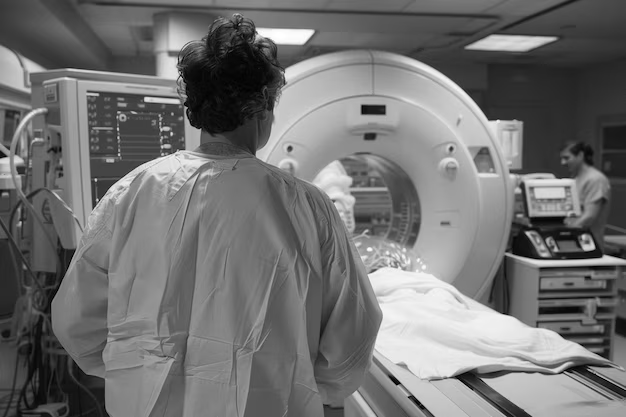How to Become a Radiologic Technologist: Essential Degrees and Certifications
Embarking on a career as a Radiologic Technologist, often referred to as a Rad Tech, offers a rewarding path filled with opportunities to make a significant impact in healthcare. To enter this dynamic field, aspiring professionals typically begin with obtaining an associate degree in radiologic technology, which is widely recognized as a foundational requirement. This program generally takes about two years and provides a comprehensive blend of classroom instruction and clinical training. Furthermore, many opt to enhance their credentials by earning a bachelor's degree, which can open doors to advanced positions and specializations.
In addition to formal education, securing certification from the American Registry of Radiologic Technologists (ARRT) is highly recommended and often required by employers. Certification not only solidifies your commitment to the profession but also demonstrates your competence and dedication to maintaining industry standards. Many states also mandate licensure, which varies across jurisdictions, emphasizing the importance of staying informed on the specific regulations where you plan to practice. As healthcare continues to evolve, investing in continued education and certifications can play a pivotal role in advancing your career as a Rad Tech.
Essential Steps to Becoming a Rad Tech
- 🎓 Associate Degree in Radiologic Technology
- 📚 Bachelor's Degree in Radiologic Sciences (Optional but beneficial)
- 📑 ARRT Certification (Highly recommended)
- 🏢 State Licensure (Varies by state, check specific requirements)
- 🔄 Continuing Education & Special Certifications (To stay current in the field)
